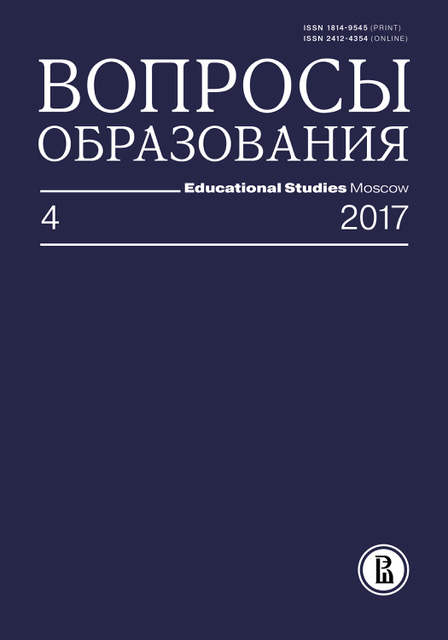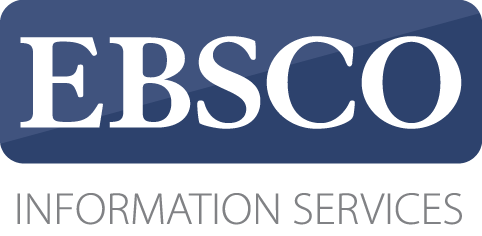Educational Attainment and Social Inequality in Russia: Dynamics and Correlations with Education Policies
Abstract
Dynamics of academic performance of Russian school students depending on cultural capital and the size of community is analyzed using PISA and TIMSS data. In order to reveal tendencies in TIMSS and PISA scores dynamics ten educational experts were interviewed. The last 15 years have witnessed a slight improvement in performance of Russian school students and a drop in social and territorial inequality. These changes do not affect all subject areas and result from educational attainment improvements in small populated localities and social groups of low cultural capital. Meanwhile, no growth has been observed in the scores of students with higher levels of cultural capital. The interviews shed light on possible changes in the education system associated with the dynamics of school students’ educational attainment.









